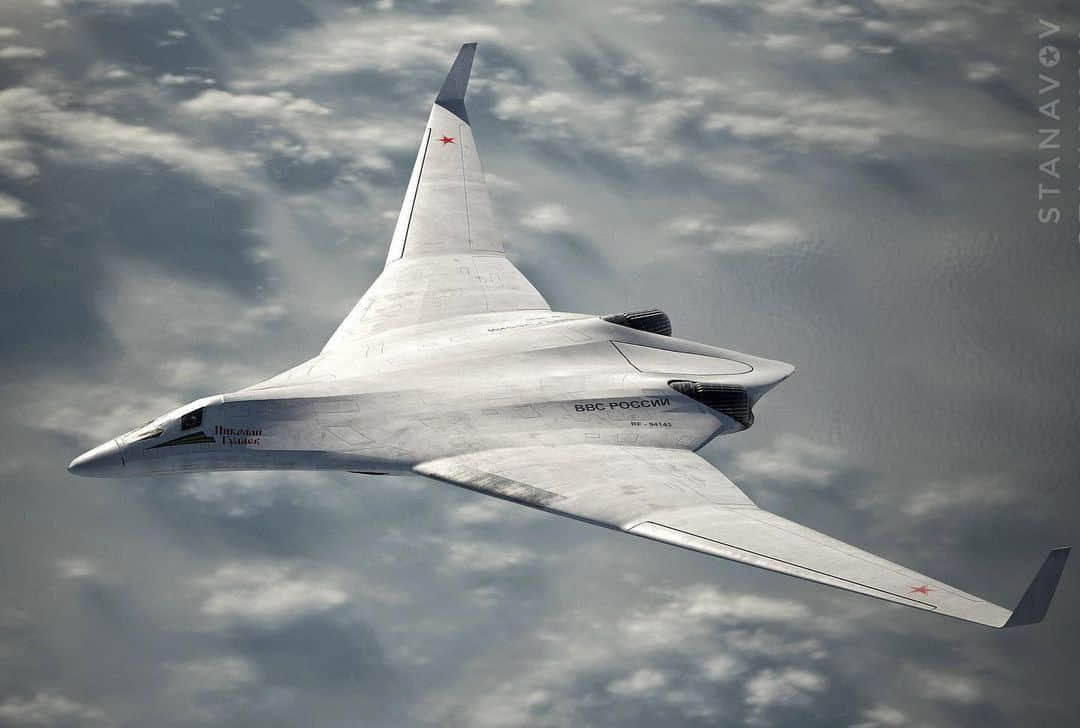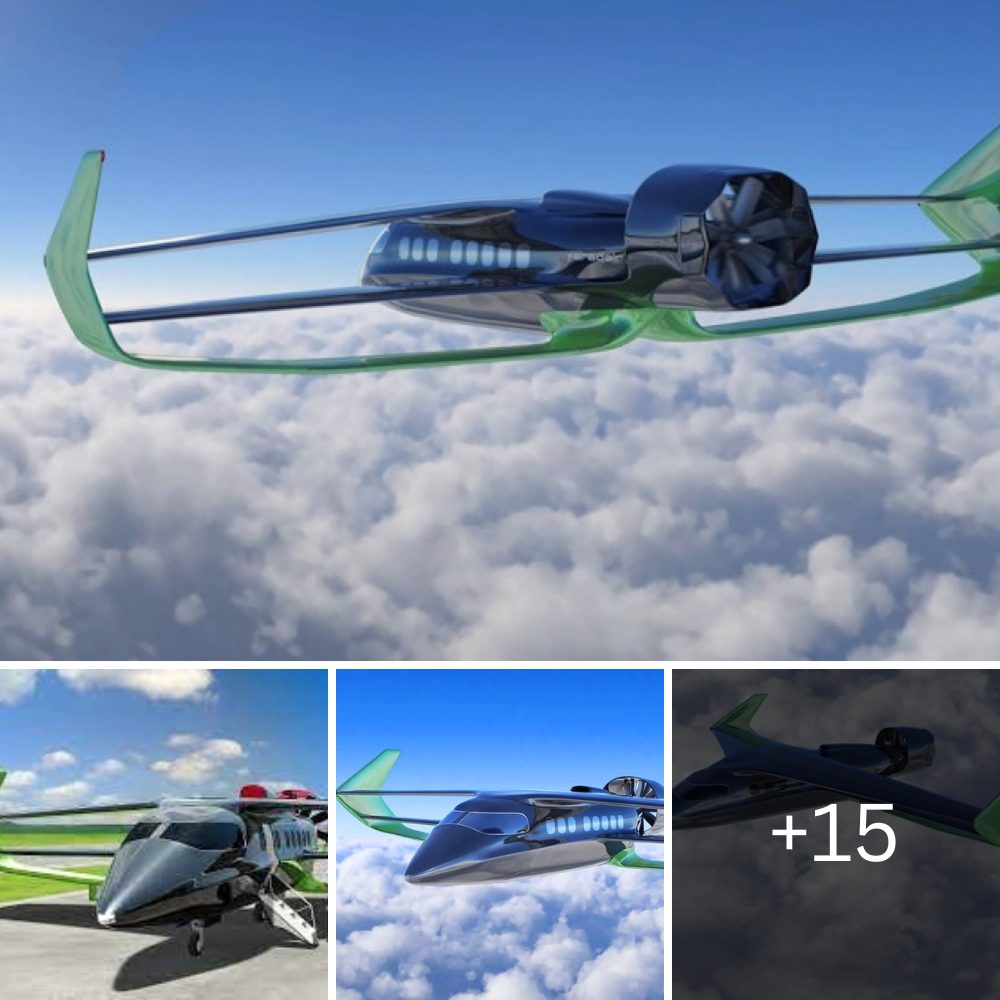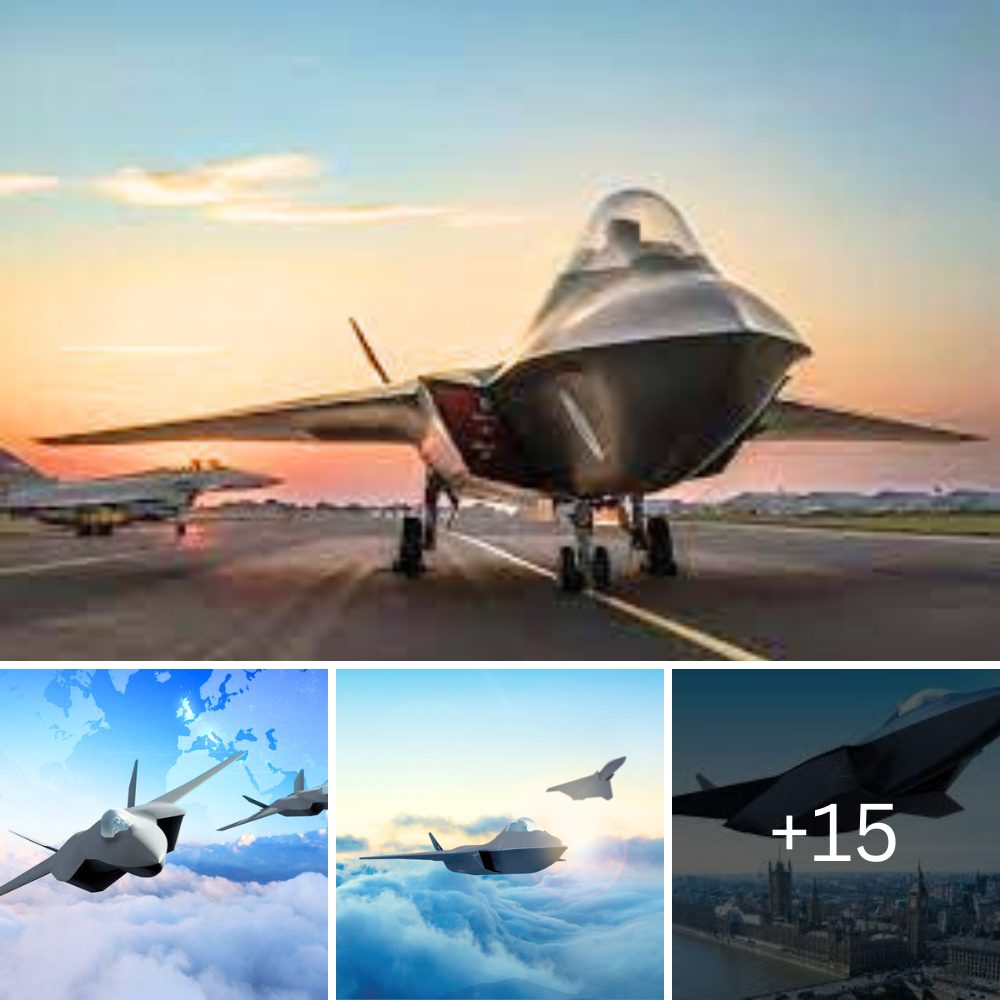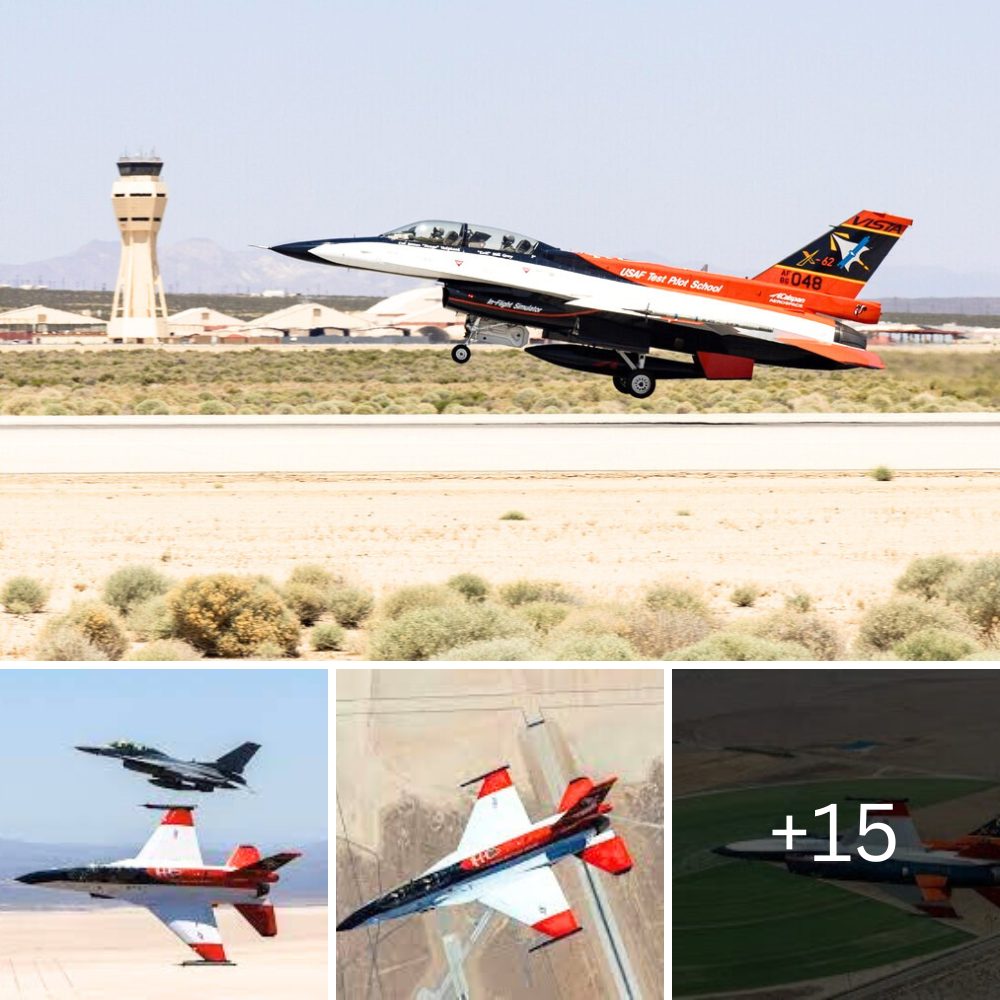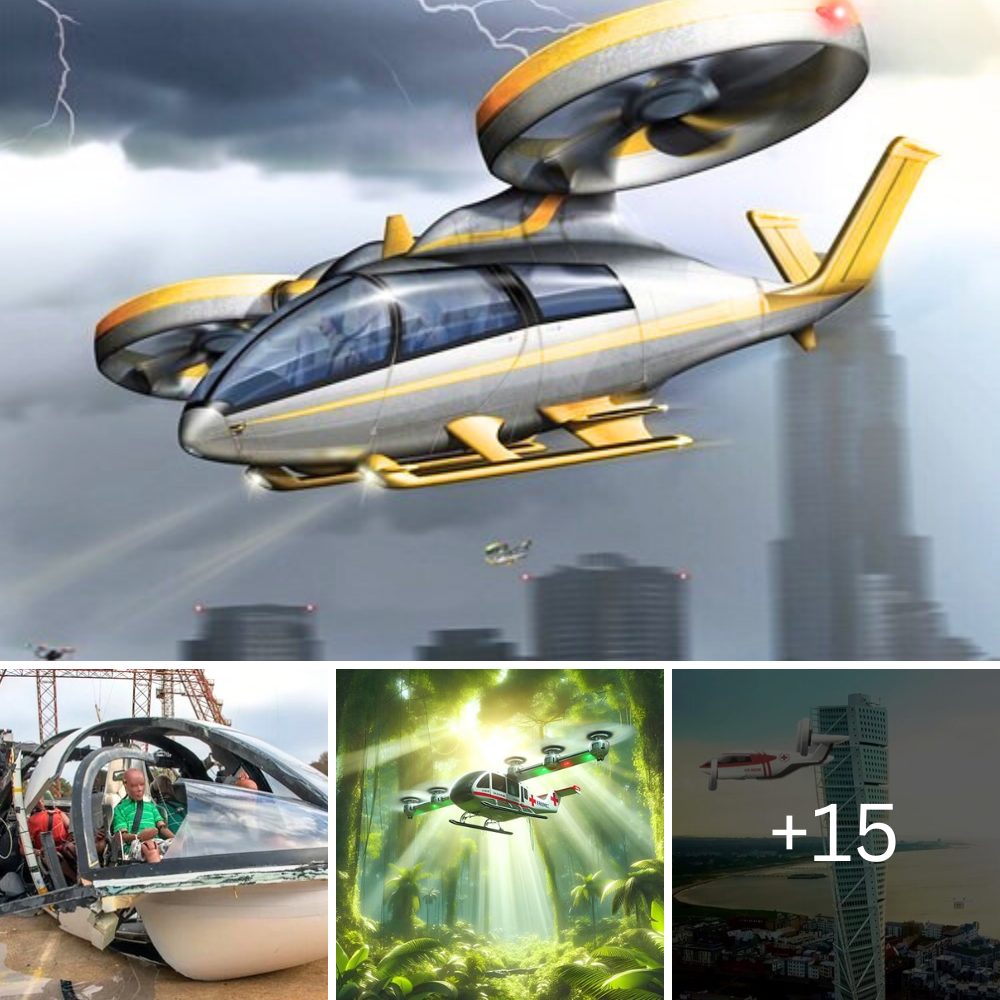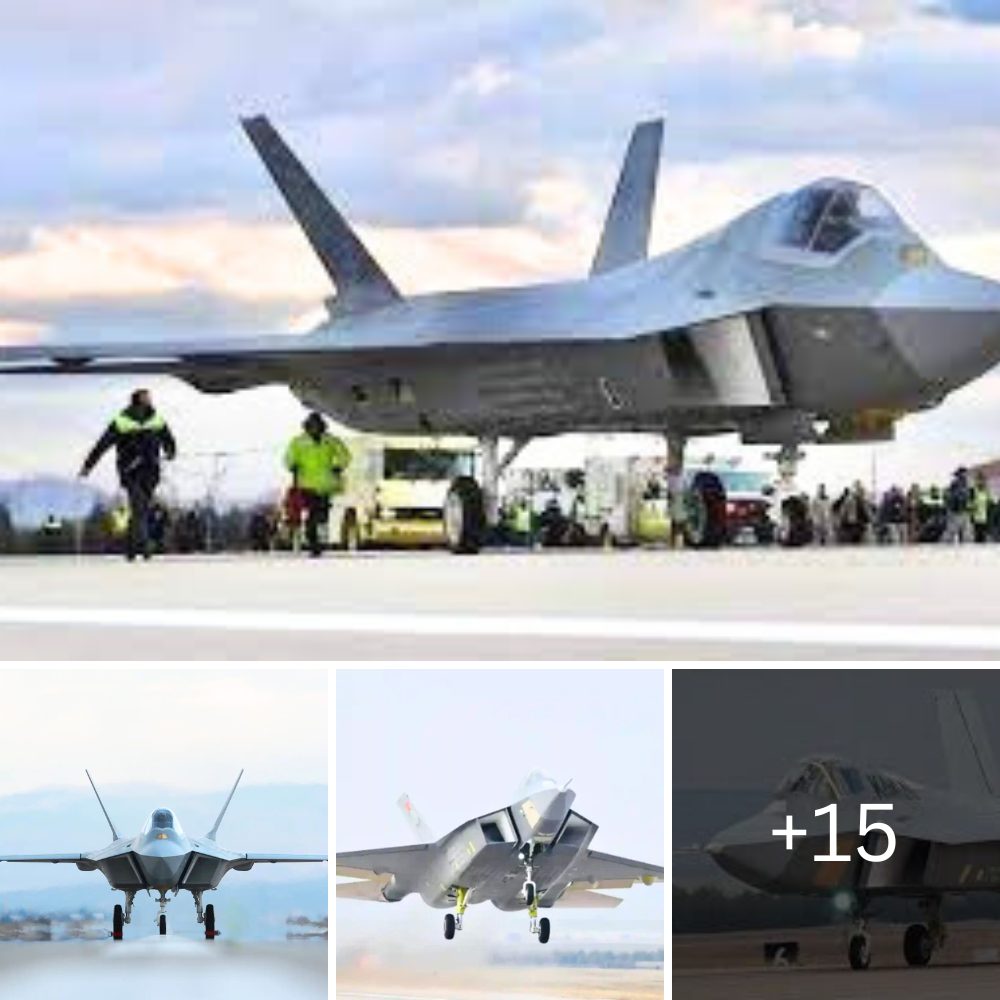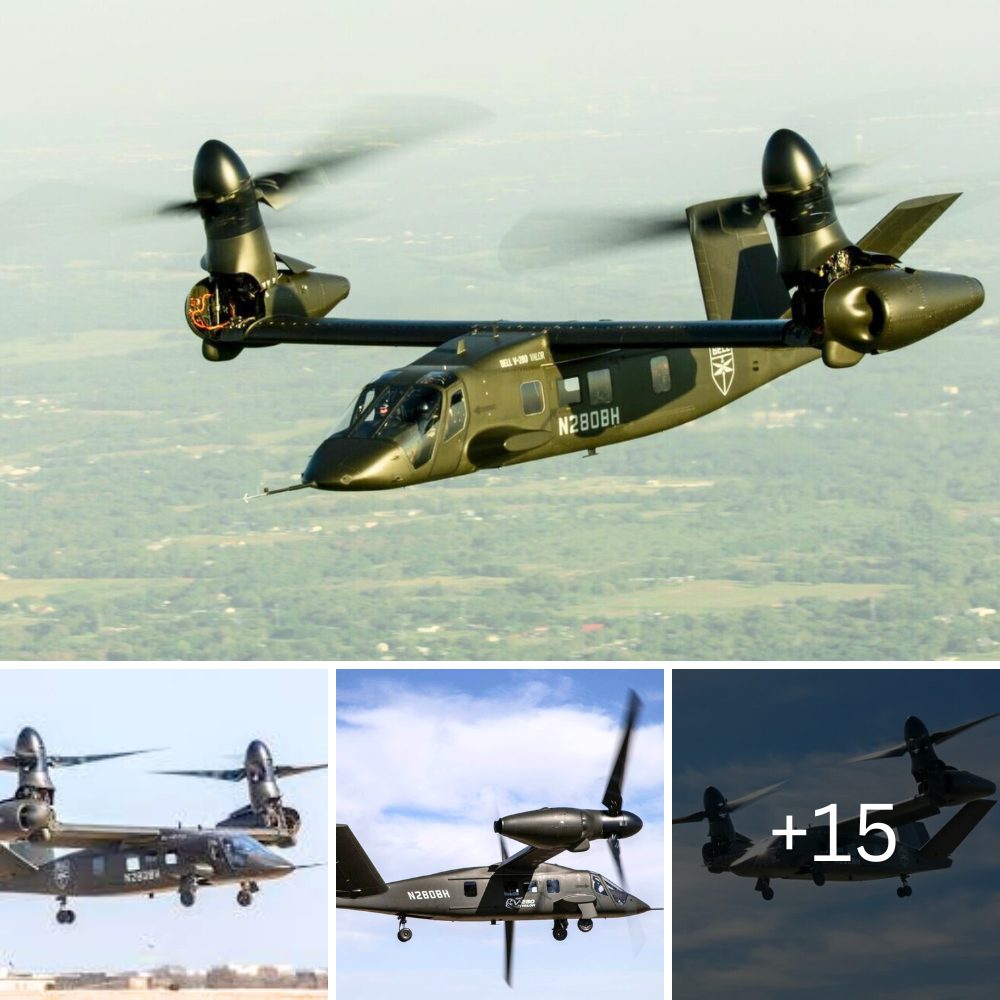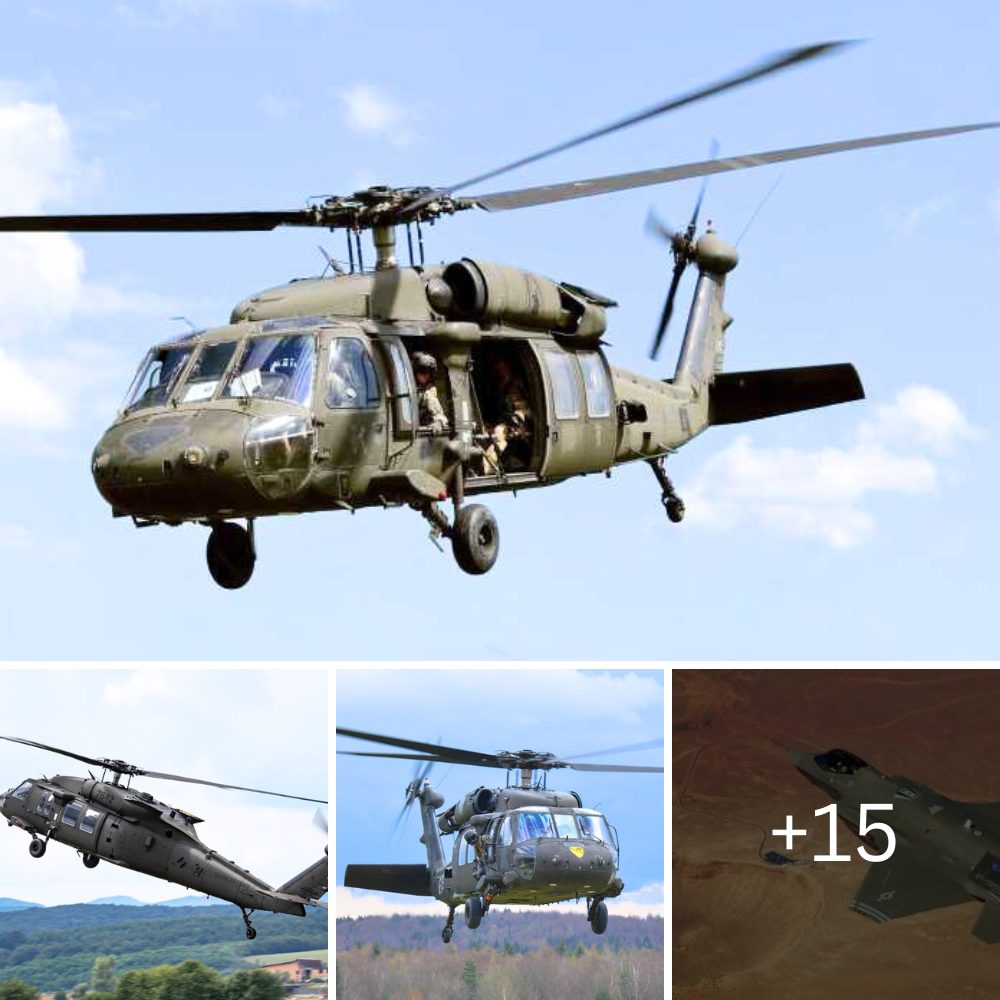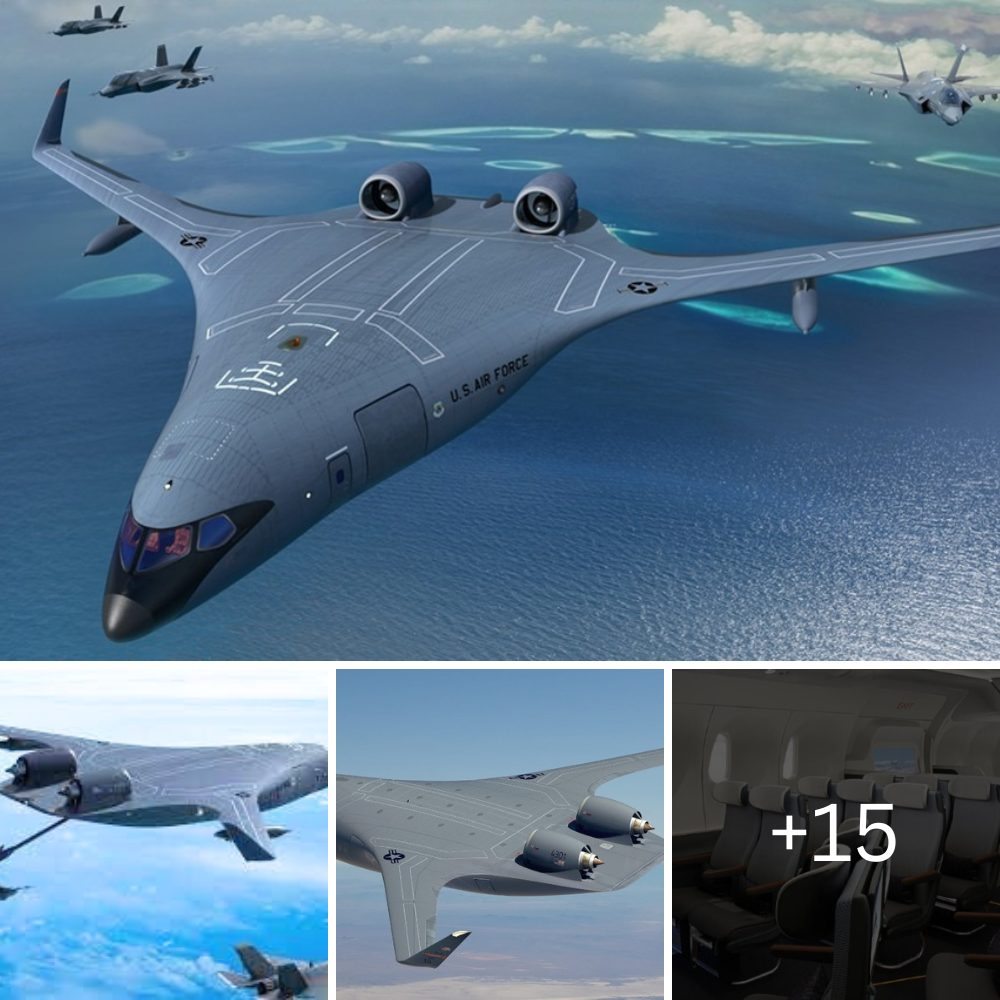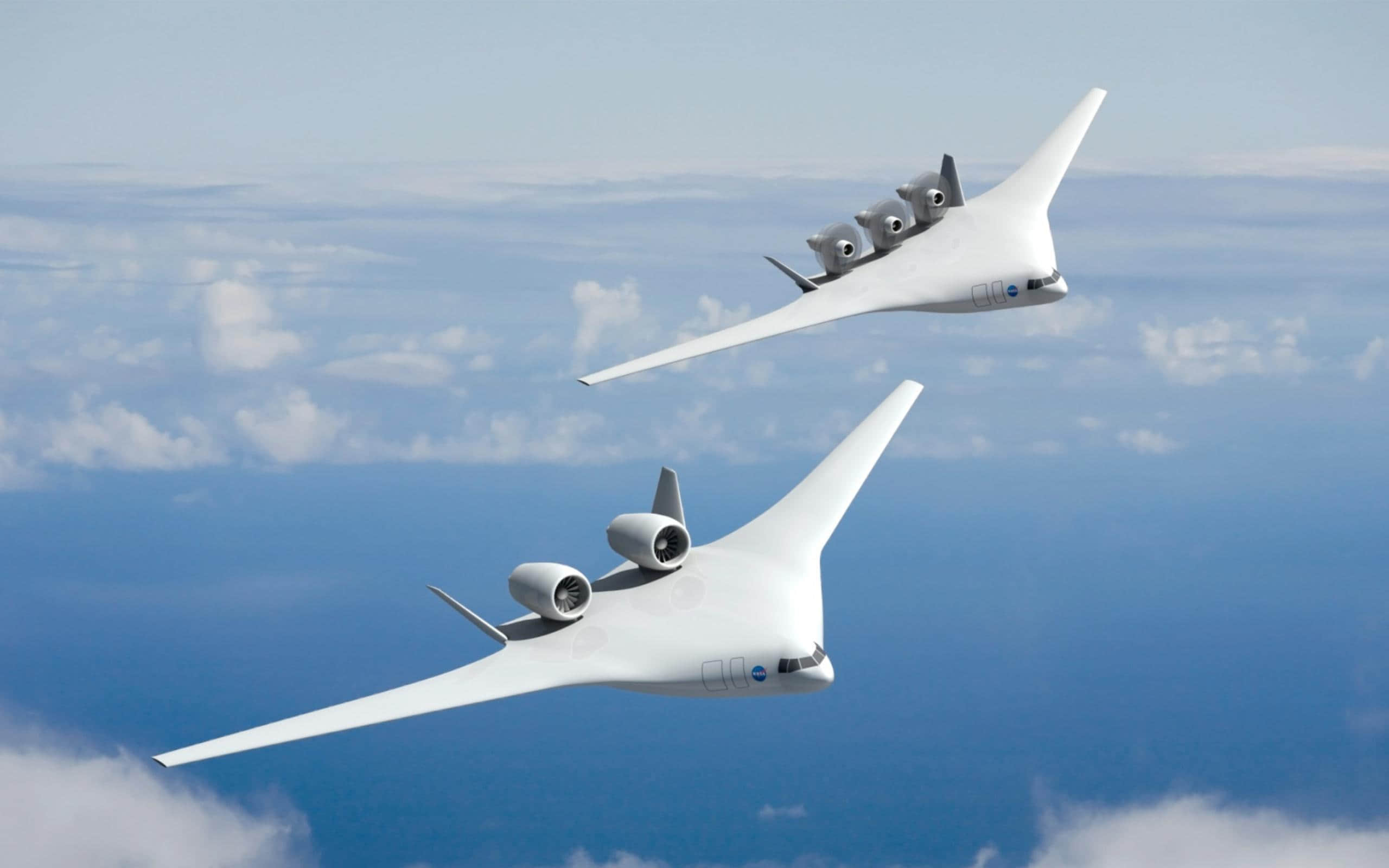
Last month, the United States Air Force released a new artist rendering of its still-in-development B-21 Raider. The latest images of the heavy bomber came after it was announced in June that the first two Northrop Grumman B-21s had been completed at Plant 42 in Palmdale, California, and would soon be used in testing.
But don’t think for a second America’s adversaries didn’t catch those headlines, as Moscow is getting set for its own potential bomber PR push—and soon.
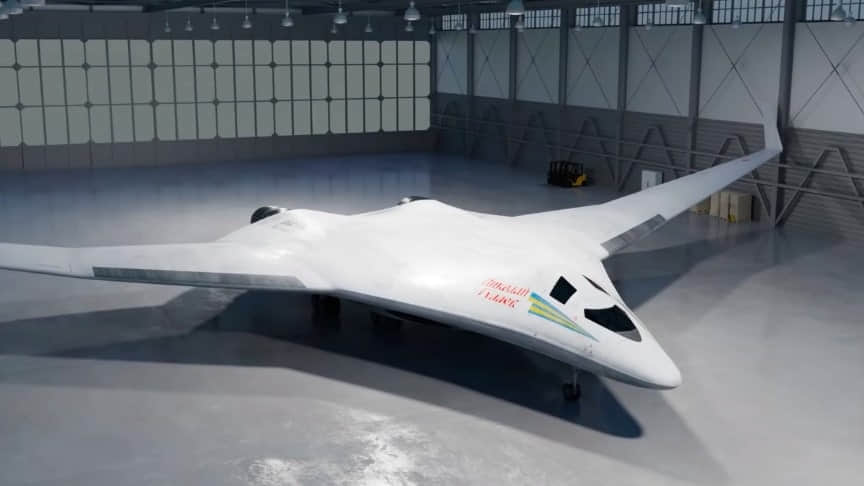
The Russian military has its very own stealth project in the works and is working on its own long-range bomber. On Monday, Tass reported that a demonstration model of the PAK DA aircraft would be assembled before the end of next year, while a new weapon system was also being developed for the ongoing project.
Currently, the experimental model is being built. The demonstration model will be ready by 2023,” a source in the Russian aircraft industry told Tass. “The subsonic PAK DA will be armed with hypersonic weapons. Besides, its flight will be aided by drones.”
There has been no official confirmation of the information provided to Tass, but in December 2019, Russia’s Deputy Defense Minister Alexey Krivoruchko said in an interview that the design of the PAK DA had been approved, and the Tupolev design bureau had already begun developing working design documentation. In May 2020, a source told Tass that production of the first experimental model of the new strategic bomber had begun.
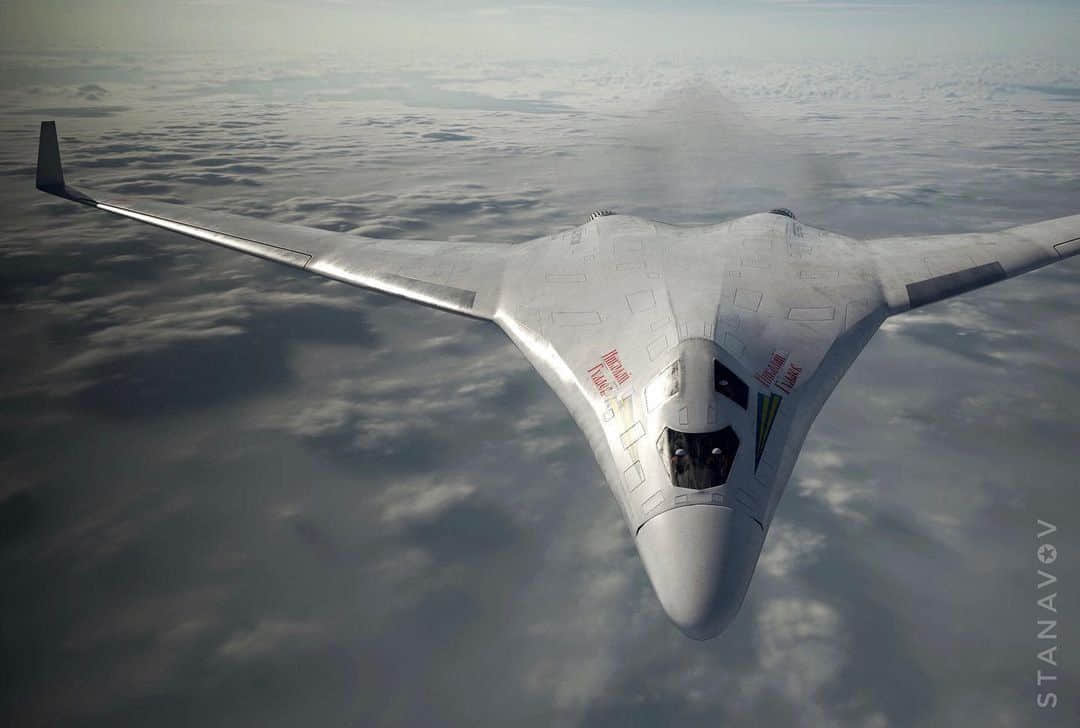
Similar to the American-built Northrop Grumman B-21 Raider, which is meant to replace the B-1 Lancer, B-2 Spirit, and B-52 Stratofortress, the PAK DA will eventually replace the Cold War-era Tupolev Tu-95 as well as the Tu-160M and Tu-22M3.
Development of the new bomber began in 2008, and according to some early reports, it was initially based on the Tupolev Tu-160. However, then-Prime Minister Vladimir Putin stated in a televised address that year that the bomber was an entirely new design.
In September 2009, the Tupolev Design Bureau was awarded a three-year research and development (R&D) contract to undertake studies for a completely original long-range bomber design rather than relying on legacy Soviet concepts.
